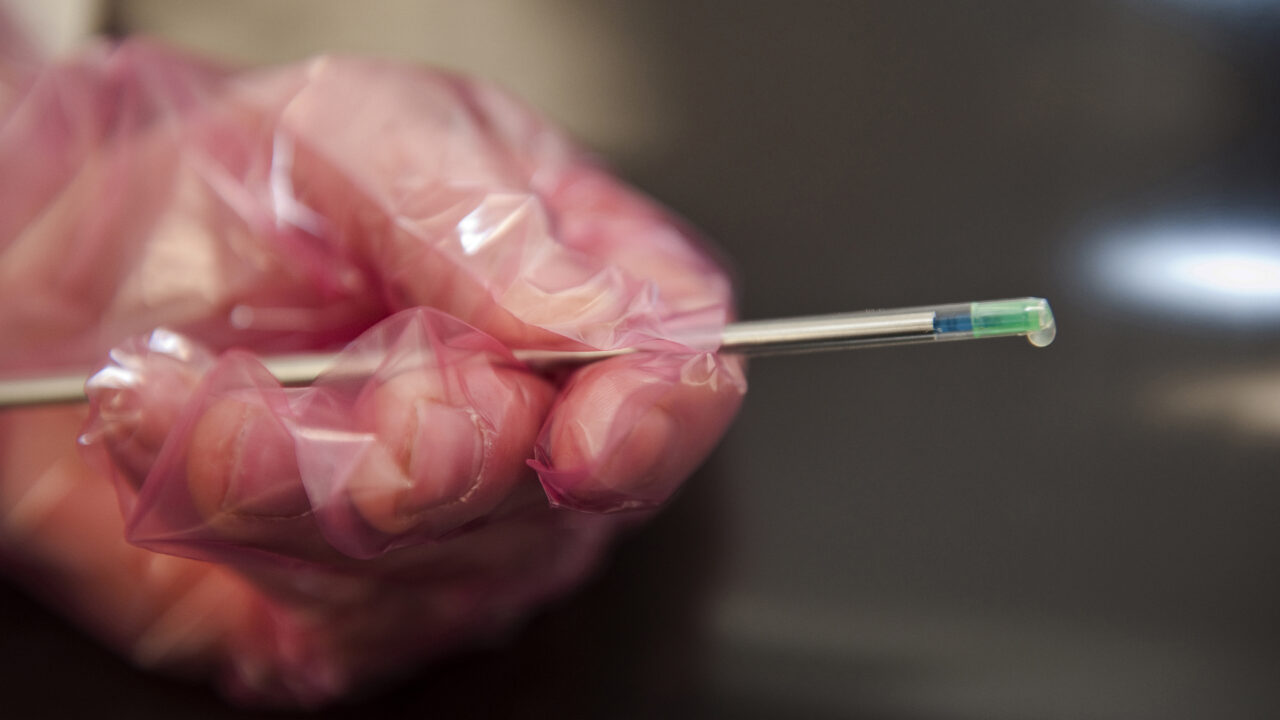The breeding season is fast approaching on farms and by now, most farmers have selected the team of bulls they will be using.
The vast majority of dairy farmers will use artificial insemination (AI) to generate their replacement heifers for introduction into their herd in 2025.
Economic breeding index (EBI) plays an important role in bull selection on many farms. To potect against the potential of a bull’s EBI falling, farmers need to use a team of bulls.
The old saying ‘don’t put all your eggs in one basket’ rings true when it comes to picking bulls.
It is advised to select a team of high-EBI sires to obtain future replacement heifers.
For a typical 100-cow herd, a minimum of eight bulls should be used; this is the advice regardless of whether the bulls are genomic or daughter-proven.
Team of bulls
The issue on many farms is not the number of sires selected, but how many matings one bull is used for.
When finalising a team of bulls for the 2022 breeding season it is important to spread the risk. No one bull should be used for more than 15% of matings on a farm.
The key message is when planning what bull to use, the farmer should also plan how to use each bull equally, across the herd
Although there may be one bull that you would like to use a lot and on as many heifers as possible, this is not advised.
An issue with this bull could result in a drop in his EBI, leaving behind a large number of low-EBI heifers.
Beef bulls
The use of a beef stockbull has also become common practice on many dairy farms. However, it is advised to also have a number of beef AI-bulls selected.
These AI sires can be used on cows that come in-heat early in the breeding season, which you do not want a replacement heifer from.
Your stockbull can then be turned-out once you have finished with AI.
